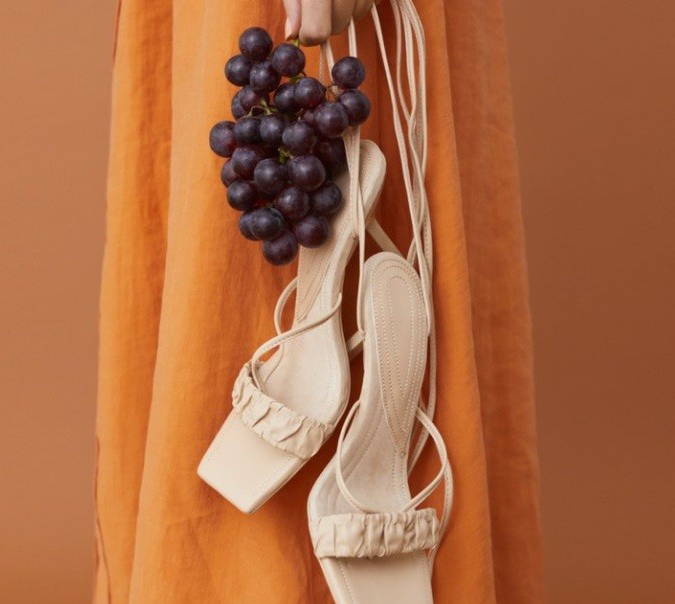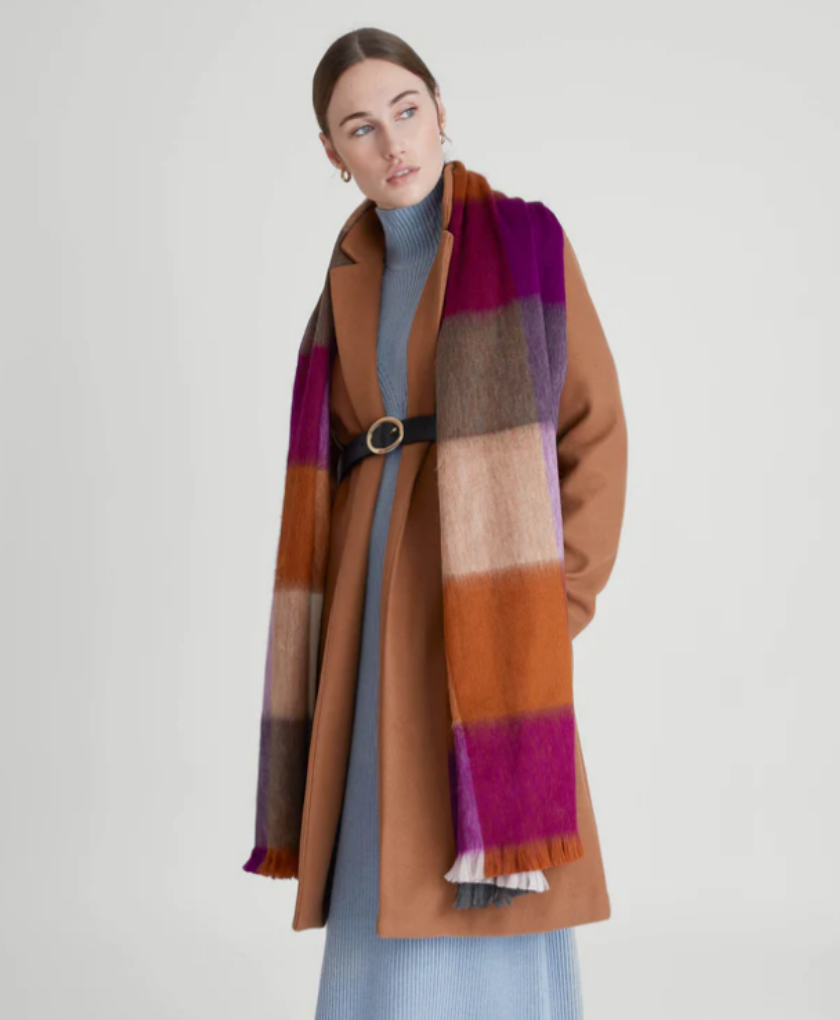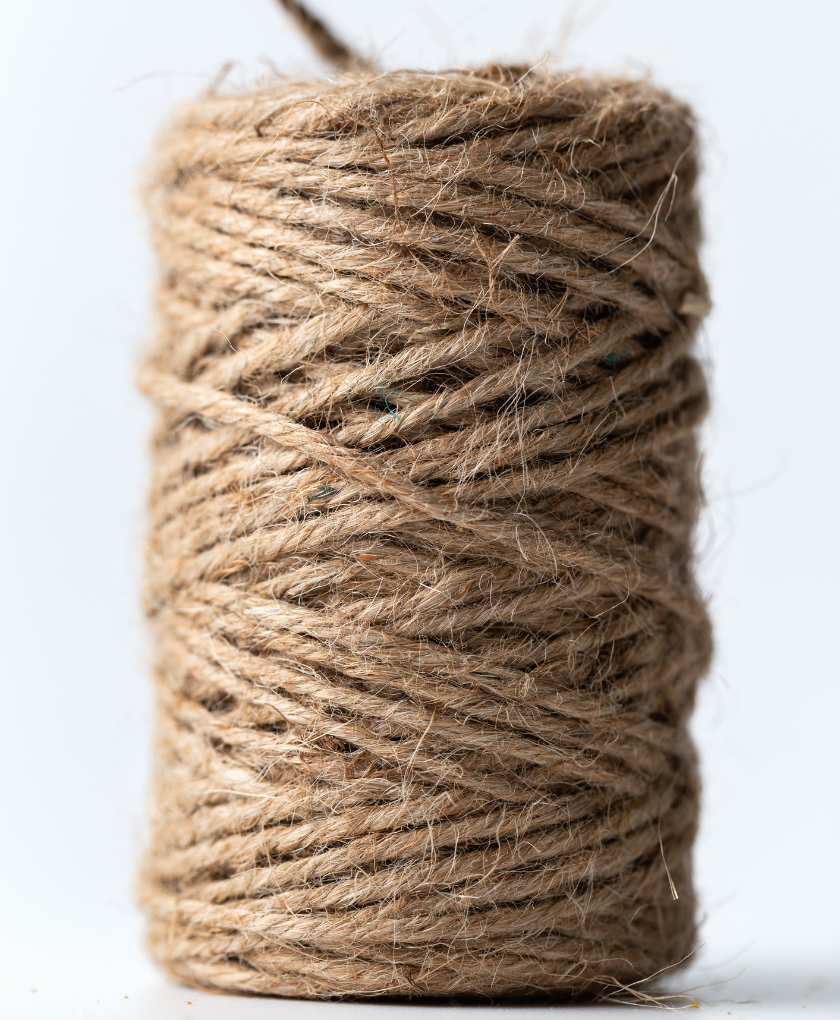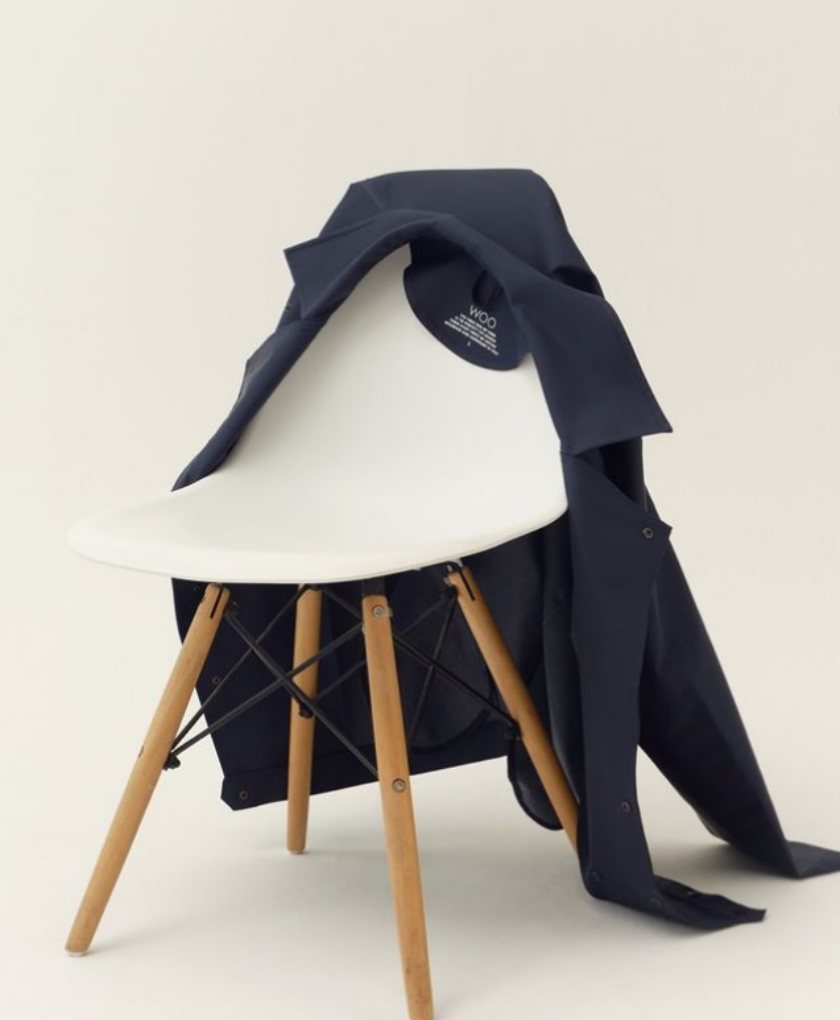H&M named world's
most transparent brand
H&M named world's
most transparent brand
#REPORTER
22.march‘21
6 minutes
Words by Marina Hoyer

Simone Rocha x h&m campaign
After recent negative headlines, H&M now hit the news with a surprise: In terms of transparency, the Swedish high-street brand has made stunning progress and is paving the way for a more sustainable future of the fast fashion industry.

Simone Rocha x h&m campaign
After recent negative headlines, H&M now hit the news with a surprise: In terms of transparency, the Swedish high-street brand has made stunning progress and is paving the way for a more sustainable future of the fast fashion industry.
Each year, the Fashion Transparency Index includes more and more brands. In 2020, an additional 50 brands made the list, such as the US-American fast fashion label Fashion Nova (with a score of 2%) or the British Pretty Little Thing (9%).
The Fashion Transparency Index is an annual report by the nonprofit movement Fashion Revolution.
The latter commits itself to increasing transparency in the fashion industry. Since 2016, they have been tracking the world’s largest brands and retailers, reviewing their performance along five areas: policy and commitment, governance, traceability, supplier assessment and remediation, and spotlight issues.
The index then examines all brands thoroughly with regard to over 200 different indicators. Examples of these indicators are transparency about animal welfare, chemicals, wages, purchasing practices, working conditions, suppliers, waste and recycling and many more. The brands then receive points from 0 to 250, which are then translated to an overall transparency score in percentage. In 2020, the average score across all included brands was 23%. While this score means an increase of two percentage points in comparison to last year’s index, it still leaves substantial margin for improvement.

H&M Autunm collection 2021
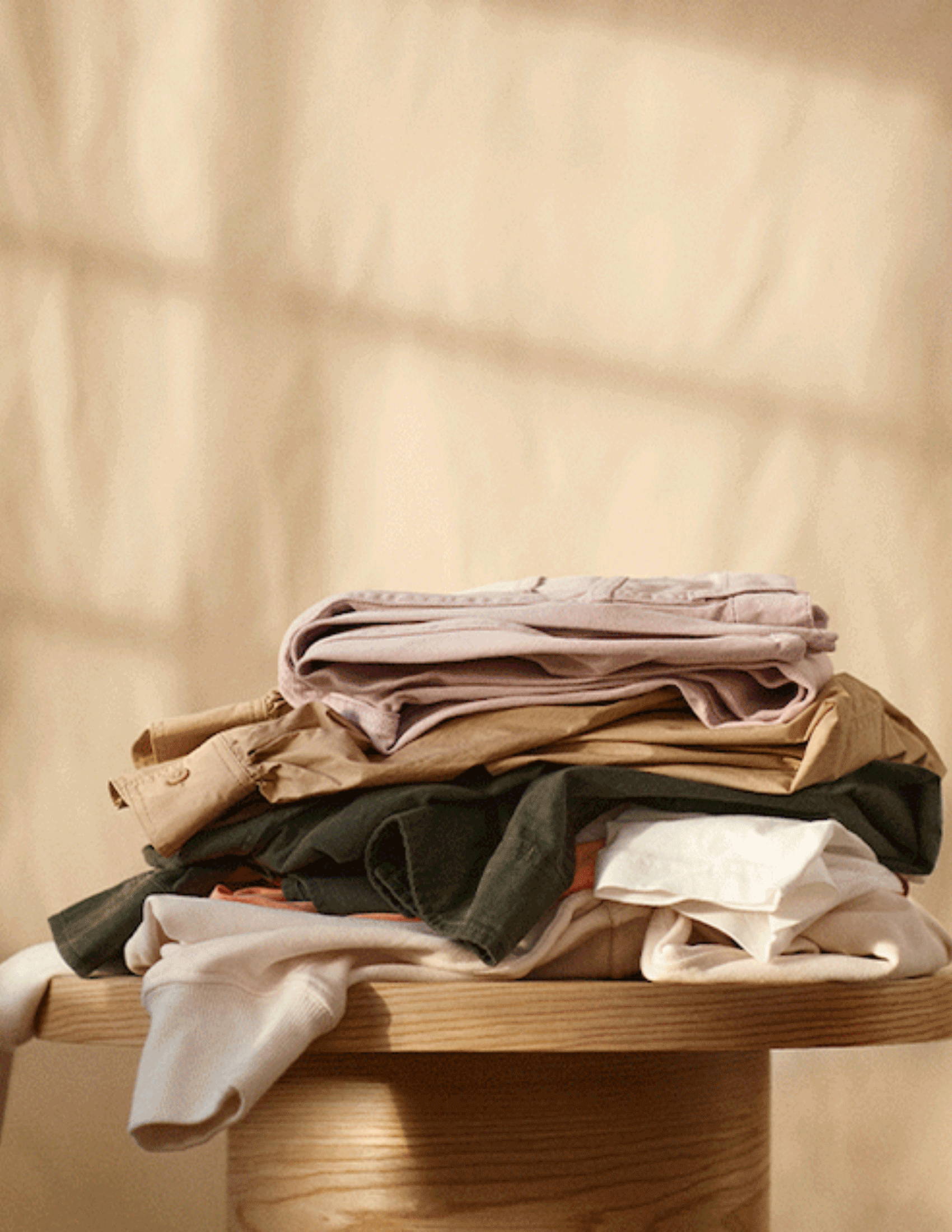
H&M Recycled collection
A First Step
It is important to emphasise that transparency is not automatically synonymous with sustainability. The ranking only assesses how much information the brand shares with the public and what it discloses about its practices — not whether these practices are then actually sustainable. Obviously, increased transparency is still a first and important step in the right direction.
Global Policy Director Sarah Ditty concludes: “The Fashion Transparency Index has enabled us to have constructive conversations with major brands about what they can do to be more transparent. We believe transparency is the first step in holding them to account for the impacts of their business practices.
We will continue to use the Index to measure brands’ annual progress on transparency and to push them harder and faster towards taking greater responsibility for their policies and actions on social and environmental issues.”





